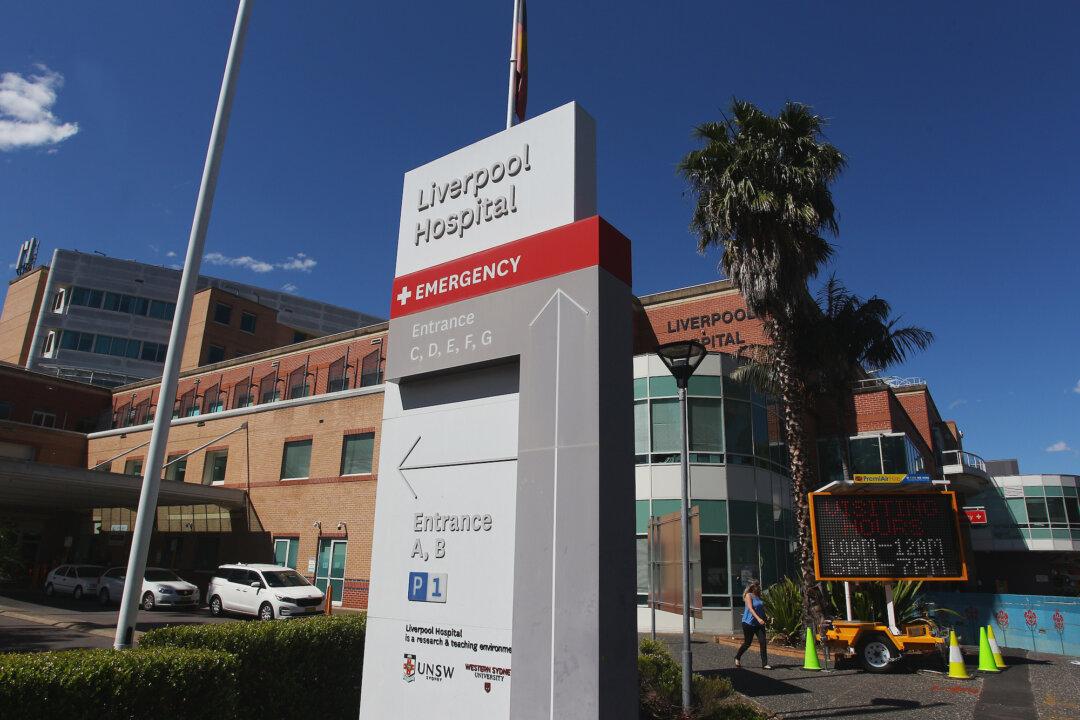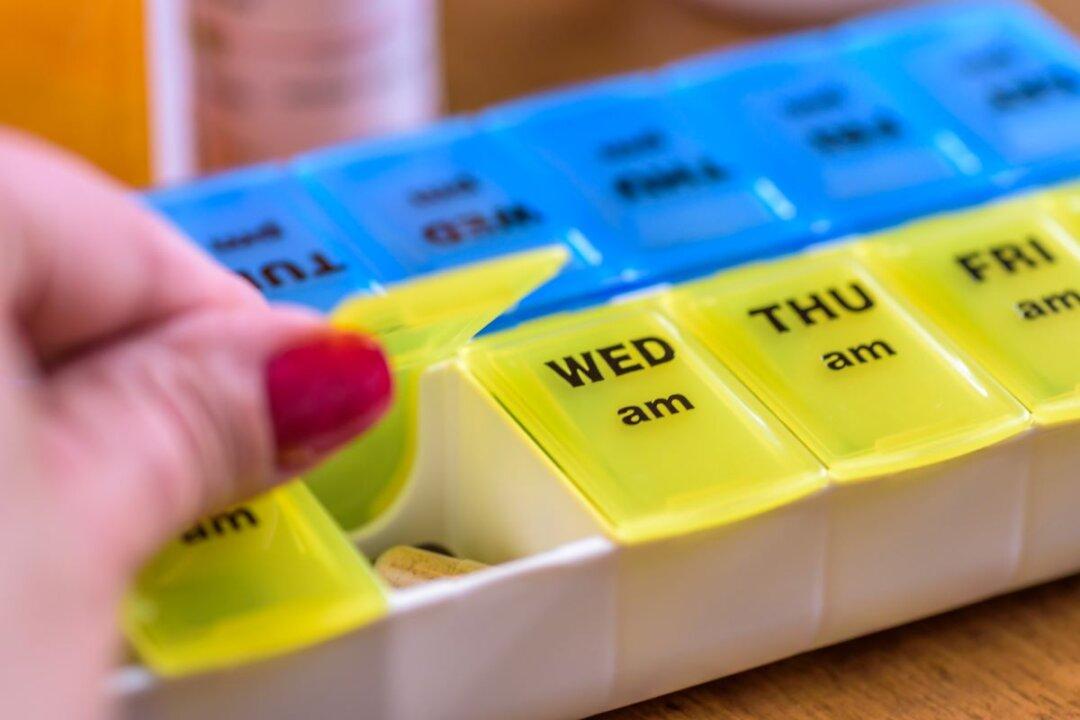Elective surgery has returned to full capacity for public and private hospital patients in Greater Sydney as of Monday, according to NSW Health.
This comes after a 75 percent cap on overnight non-urgent elective surgery had been in place in response to the outbreak of the delta variant of the CCP virus.





